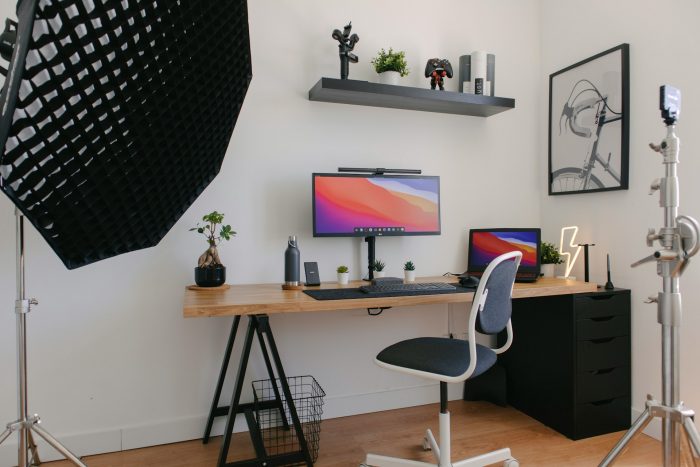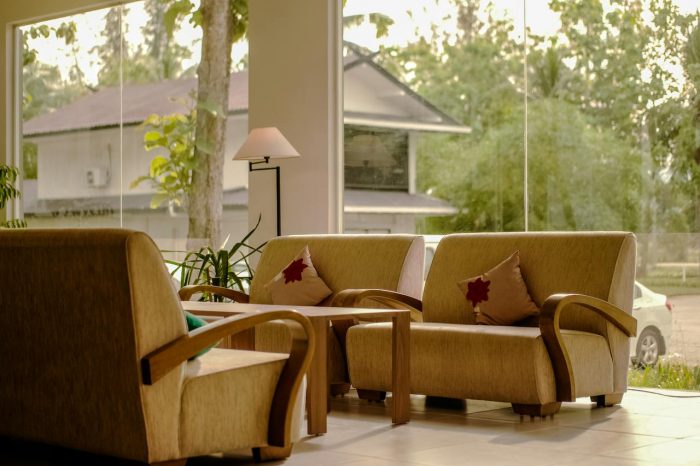If you are an influencer or content creator, you know that your first goal is to build an audience. Once you have this audience, however, the problem of how to monetize them often arises. While it’s wonderful to have a large number of followers, that doesn’t always translate directly into generating revenue, and without having a steady income it’s difficult to consistently produce quality content. Here are some good ways you can begin monetizing your audience while still focusing on providence value to them:
Offer Premium Content or Memberships
One way to monetize your audience is by offering a membership or selling premium content. This allows you to make an income from your best products or offerings while still offering free or sample content that will help you grow your audience further. For example, consider creating a tiered membership system where your audience can access exclusive content, early releases, or special perks by subscribing. This provides additional value to your most dedicated followers and establishes a recurring revenue stream.
Merchandise and Branded Products
One popular way to monetize your audience is by selling custom merchandise and branded products, often known as “merch”. Create and sell branded merchandise that resonates with your audience and fits your niche. This could include anything from clothing and accessories to ebooks or downloadable resources. The more closely aligned, clever, entertaining, or personal your merch is, the more likely it is to sell. Selling merchandise has a three-fold advantage: your audience gets tangible items, you generate revenue, and your audience can help you market your business.
Affiliate Marketing
Affiliate marketing can be a lucrative way to monetize your audience, depending on your niche. Make sure that you explore partnerships with companies or products relevant to your content. Once you have a partnership, incorporate affiliate links into your content. When your audience makes a purchase through those links, you will earn a commission. Ensure that the products align with your brand and resonate with your audience. Most importantly, never recommend products that you wouldn’t personally use or recommend to a friend. Supporting low-quality products or companies with poor customer service will backfire once your audience finds that your recommendations aren’t reliable.
Online Courses and Workshops
Offering online courses, training videos, and workshops can be another great way to monetize your audience. Share your expertise in a structured format by developing online courses or workshops. Your audience already comes to you for your expertise, and many of them will be willing to pay for organized, comprehensive, helpful courses that compile your knowledge into one easy-to-access place. Many different online platforms can host your content, allowing your audience to learn from you while providing you with a source of income. You can also offer your content behind a paywall on your website.
Consulting or Coaching Services
Consider offering consulting or coaching services. This is similar to offering courses, but more customizable and personable. Utilize your knowledge and experience to offer personalized one-on-one services in your niche or area of expertise. The interaction provides value to your audience on an individual level while creating an additional income stream for you.
Sponsored Content
Sponsored content can help you monetize your audience, as well as provide you with physical products in some cases. Collaborate with brands that are in your niche for sponsored content or product placements within your usual content. Ensure that these partnerships align with your brand and are authentic to maintain trust with your audience. A good rule of thumb is to only partner with companies that you would recommend to your friends and whose products and services you would personally use. Sponsored content can be a lucrative way to generate revenue once you have a large audience.
Crowdfunding or Donations
If your audience values your content, some may be willing to support you through crowdfunding platforms. Offer exclusive perks or behind-the-scenes content to those who contribute, creating a sense of community and gratitude. You could also offer courses with extra content or material.
Another way you could benefit from an appreciative audience is by asking for donations or “pay what you want” promotions in exchange for special products or content.
Event Hosting
Hosting an event is one way to provide more value for your audience while also generating revenue. You can organize and host events, workshops, or webinars either online or in-person. Charge admission fees or secure sponsorships for these events, and make sure that you are always providing good value and service so that each person leaves satisfied. If you can, consider collaborating with other speakers or influencers for your event. Having multiple teachers or speakers will help you generate interest in your event and it can help both you and your other collaborators gain new followers. Events not only generate income but also provide opportunities for direct interaction with your audience and can help you retain happy, fulfilled, and inspired followers.
Freelance Services
Depending on what your niche is, you may be able to leverage your skills by offering freelance services related to your content. This could include writing, design, or consulting services. Advertise your services to your audience, and consider offering promotions and recommendation discounts to help you expand your clientele beyond your immediate followers.
Ad Revenue
Finally, the most obvious way to monetize your audience is through advertising. You can monetize your content through ad revenue by partnering with ad networks or incorporating display ads on your website or platform. Many social media and video platforms offer ad income based on views, providing a consistent revenue stream. While ads are one of the easiest and most sustainable ways to generate revenue, they aren’t always very lucrative and may not provide as much income as you had hoped. Also, make sure that the ads align with your content and don’t compromise the user experience.
Conclusion
Remember to always focus on providing value to your followers. This is more important than generating revenue, creating merch, or getting ads on your pages. If you fail to provide value to your audience, or if they feel like you are only after their money, they will stop following you. Add new monetization strategies slowly so that you can learn how to do each one well, and always use data analytics to evaluate your results.




